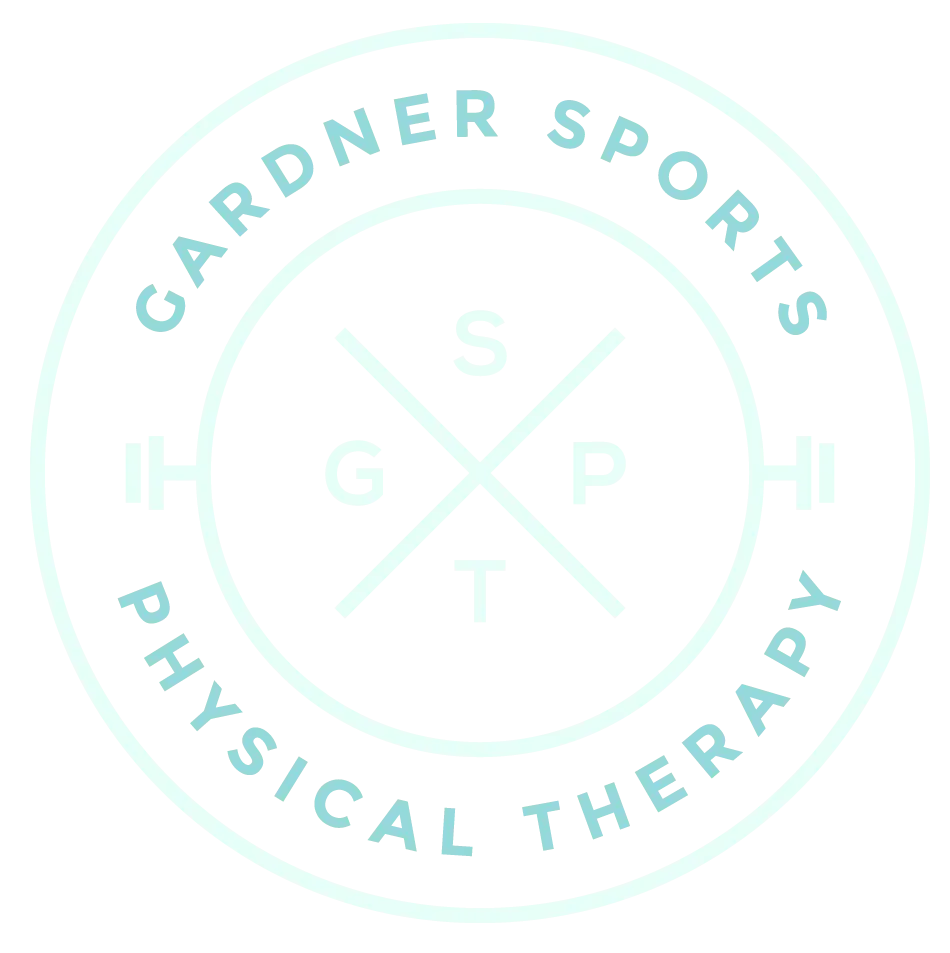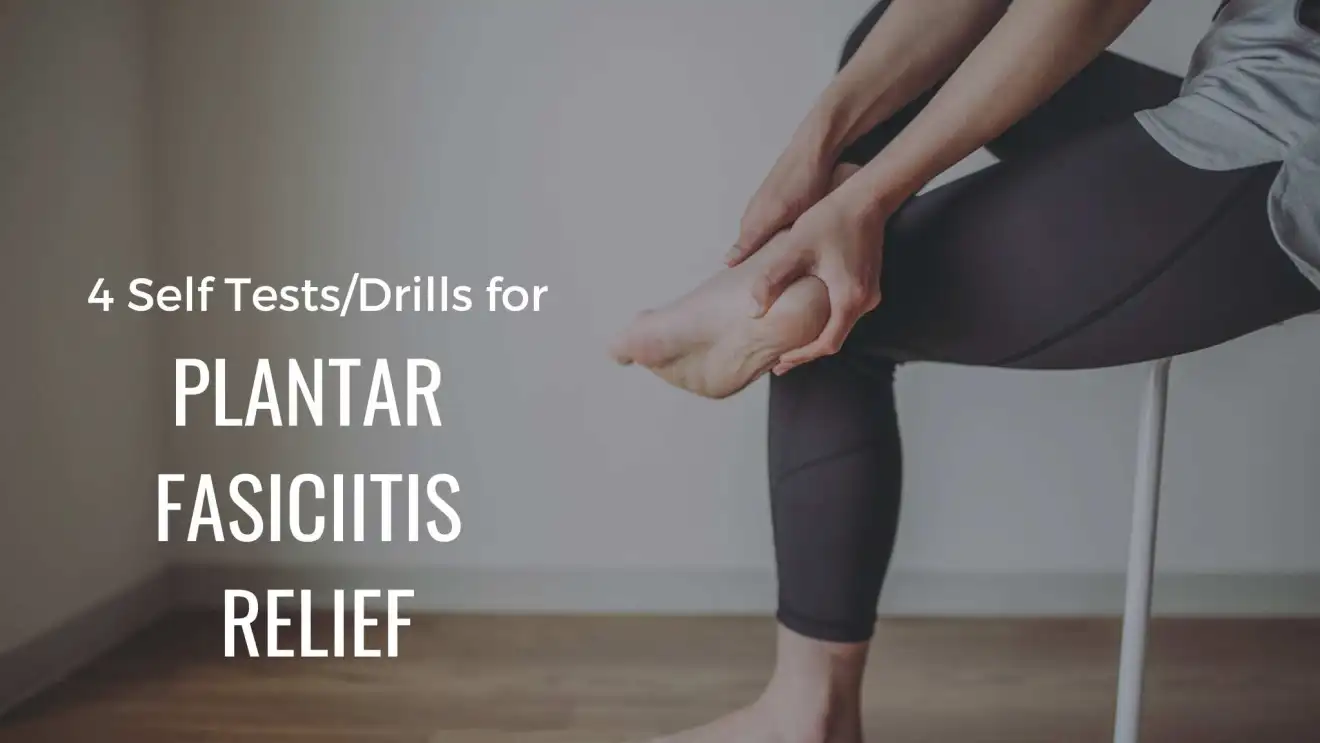Plantar Fasciitis is one of those injuries that nobody wishes on their worst enemy.
Waking up first thing in the morning and being reminded of the pain in your heel is a sure-fire way to ruin your mood for the day. Having that reminder that your foot is painful and keeping you from your runs or hikes can be demoralizing.
Another frustrating thing about Plantar Fasciitis is that there are some conflicting theories about how to fix it. You’ll have one group of people saying that you should use this brand name orthotic or you must only wear Hokas. Then, you have the other group who says to never wear Hokas and go barefoot to train your foot how to be “natural” like our ancestors. It must be very confusing with all the different opinions on how to best manage a common condition. This inevitably leads to spending lots of time and money on different treatments only to have the condition still hang around because you haven’t figured out the root cause for your individual needs.
I’m here to tell you not to fret! This condition is a little bit different for everyone which is why there are so many different opinions on how to best treat the symptoms. However, I typically find at least 4 common findings in my sessions with people who are struggling with Plantar Fasciitis. So, I hope these four drills help take some of the stress out of your heel and get you back to running or hiking!
1. Decreased Toe Extensor Strength and Control
Why: This test will assess the strength and control of your Big Toe Extensor muscle as well as the muscle that extends the 4 other toes. These muscles can work together, but you also should be able to work them independent of each other.
Instructions: In seated or standing, maintain contact with your foot and lift your big toe as high as you can while maintaining your other toes on the ground. After a short hold, place the big toe down and try to extend the other toes. Make sure to keep your knee and ankle still as they may try to compensate to help you lift your toes off the ground. Remember, this is more of a muscle control drill. If you can’t lift your toes off the ground without moving your ankle or knee, you just need to keep practicing until they lift off the ground without help from your knee or ankle. You will get there, I promise. This is definitely a drill to never sacrifice any form faults for achieving success with the toe lift.
2. Loss of Big Toe Extension Range of Motion
Why: The Big Toe needs to achieve at least 60 degrees of extension to be able to load the foot and achieve a normal gait when “pushing off” before your leg swings forward during walking or running. If it is not, it can increase strain on supporting structures for plantar fascia.
Instructions: Find a door jam, small towel, or some type of slanted object (preferably something that can achieve a 60 degree slant). Place your big toe on this slant with the other toes hanging off and start to lean forward as you feel a stretch in your foot. This shouldn’t cause pain to your plantar fascia and should only feel like a stretch discomfort.
3. Loss of Ankle Dorsiflexion
Why: Ankle Dorsiflexion needs to be at least 15-20 degrees to achieve a normal walk and running gait. If it is not, it can increase strain on supporting structures like the plantar fascia.
Instructions: Find an open wall in your house or gym and place your foot about 5 fingerwidths from the wall. You should be able to touch your knee to the wall without pain or stiffness in your ankle or knee or without your heel coming off the ground. If you can’t touch the wall, perform this drill as your exercise and work to improve your mobility until your knee can touch the wall.
4. Loss of Strength in the Arch Supporting Muscles
Why: This drill helps retrain your arch support muscles to limit overpronation that can irritate the plantar fascia. Some people are born with a fixed flat foot and ultimately need orthotic correction. However, I would say most people have a “functional” flat foot which means you can create an arch, but lack the strength, awareness, and endurance to maintain it throughout the day. It is possible to have had flat feet in childhood until adulthood and still be a functional flat foot. Don’t avoid this drill simply because you have had “flat feet” your whole life. It is a tough drill for those with functional flat feet and you will need lots of practice to perfect it.
Instructions: Place a penny underneath the “knuckle” of your big toe and place a small pen in the middle of your arch. Now, try to keep your knee and hip relatively still while you use the muscles of your ankle and arch to raise the inner arch off the pen. It’s a very subtle movement and can be challenging for those with functional flat feet. You can start this drill in seated and progress to more difficult versions like balancing on 1 foot, performing a lunge, or single leg deadlit, et
The beauty of these tests is that they can be turned into the drills used to relieve pain.
So if you are dealing with Plantar Fasciitis related pain and can’t pass these tests, you need to keep practicing them to get some relief!
If you still don’t get relief from these performing these drills for a couple weeks, you may need a more complex approach to your issues and would benefit from a Free Consultation. Click the link below to sign up!
Hope this helps you on your journey to Happy and Healthy Feet!



